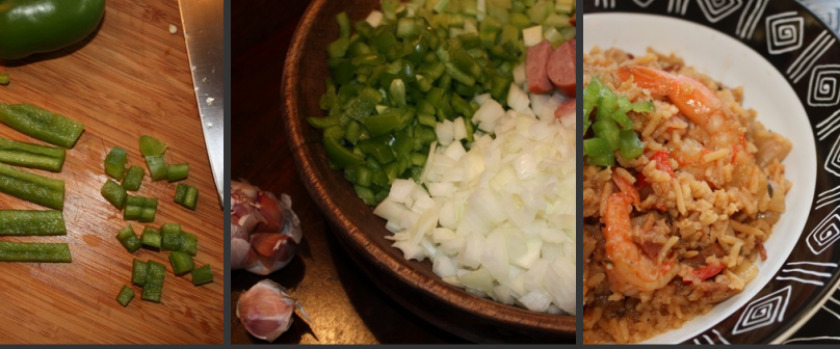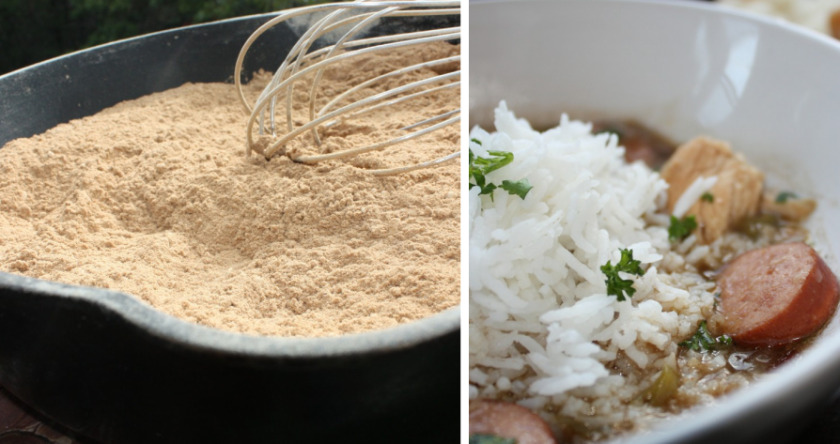
ABBY FISHER & MALINDA RUSSELL: ACCOMPLISHED IN BUSINESS
I was hanging out in East Austin as Black History Month drew to a close when I happened upon a series of banners hanging around historic venues. The proud displays featured the names and pictures of local African Americans who had accomplished great things in various careers — from engineering and medicine to education and the arts. As you might have already guessed, women in the food industry were not included.
That is what makes antebellum African American cookbooks such an important and fascinating discovery for me. During Reconstruction, ex-slaves like Lucille Bishop Smith, Flossie Morris, and Mary Bernon were adding entrepreneurial skills to their culinary proficiency, but their work was unknown beyond the tiny communities in which they lived.
A former slave named Abby Fisher also established a reputation for excellence in cookery and business along the shores of the Pacific, but she did something extraordinary for the time: She published a cookbook to prove it. So did Malinda Russell, a free woman of color.
Although unschooled, Fisher operated a pickles and preserves manufacturing business with her husband, Alexander in San Francisco. She won awards and medals at various fairs in California. And in 1881 she released What Mrs. Fisher Knows About Old Southern Cooking, a collection of more than 150 recipes – “a book of my knowledge, based on an experience of upwards of 35 years in the art of cooking.”
Fisher’s trailblazing cookbook bears witness to a legacy of excellence among black cooks, and to her hidden heritage of African-inspired dishes, including several for okra and black-eyed peas, gumbo, and jambalaya – noteworthy on any day, but exceptionally so during the prickly era of national reform in which she lived.
The Historical Notes in the Afterword to What Mrs. Fisher Knows, historian Karen Hess tells us why, in these tough economic times, we need to remember Abby Fisher: “She was clearly a remarkably resourceful woman, one of those strong matriarchal types who kept their families together under the most adverse circumstances.”
Malinda Russell’s A Domestic Cook Book: Containing Useful Receipts for the Kitchen, was a fragile, 40-page collection, printed in 1866 in Paw Paw, Michigan, before the Longone Center for American Culinary Research at the University of Michigan reproduced it. I was blessed to be part of the process, introducing Malinda to her first audience, and reminding them that this collection also teaches us how to use cooking to manage scarce resources.
In her brief autobiography, this free woman of color tells us a great deal about herself – a stark contrast to Fisher’s contrite spirit, and surprising considering the post-Civil War tensions of the time. She was a hard-working, single mother, a business owner, and the ladies of the community esteemed her.
Including their words of endorsement in her preface made good business sense, but we also can see the gesture as a measure of her integrity. Russell acknowledged everyone responsible for her talent and her project – an unusual action in light of the out-and-out plagiarism that was common practice among her publishing contemporaries. She said she apprenticed under the tutelage of Fanny Steward, a colored cook of Virginia, that she followed “the plan of The Virginia House-Wife,” and attribution accompanied several of her prescriptions.
Together, this free woman, Fisher, and to some extent the male authors of house servants’ guides, corroborate the notion of culinary literacy among black cooks. The modest collections of these masterful authors did for the art of African American cooking what Amelia Simmons’s little book did to distinguish the American cooking style from English cookery in 1796: They are like a culinary Emancipation Proclamation for black cooks.
*
Abby Fisher’s recipe for “Jumberlie — a Creole dish,” is a masterpiece of simplicity. It relies on farm-fresh chicken, smoked ham, and what she calls “high seasoning.” I’ve adapted her dish for modern kitchens, adding shrimp and sausage to the mix for a hearty one-pot meal. Serve it with crusty French bread and a cool crisp salad, and then wonder, as I do with every bite what delicacies the other women of the time might have left us if they had the means, time and resources to do so.
Jambalaya
Ingredients
- 5 slices bacon, diced
- 1 onion, diced
- 1 green pepper, diced
- 1 stalk celery, diced
- 1 tablespoon minced garlic
- 3/4 teaspoon dried thyme
- 1 1/2 cups uncooked rice
- 1 cup diced tomatoes
- 3 cups chicken broth
- 1 bay leaf
- 1/2 pound smoked ham or sausage
- 1/2 teaspoon salt
- 1/4 teaspoon cayenne pepper
- 1/2 pound shrimp, peeled and deveined
- Hot pepper sauce
Instructions
- Fry bacon pieces in a deep skillet or Dutch oven until crisp. Remove to paper towels to drain and set aside. Add onion, green pepper, celery, garlic and thyme to the pan and saute until the vegetables are tender but still crisp. Add rice and continue to cook until the mixture is light brown. Stir in tomatoes, broth, bay leaf, ham, salt and pepper. Bring to boil, then reduce heat to simmer and cook, covered 15 minutes. Add shrimp to pan and cook 5 minutes longer or until shrimp turn pink. Adjust seasoning and serve with hot pepper sauce.
Number of servings: 8



Comments